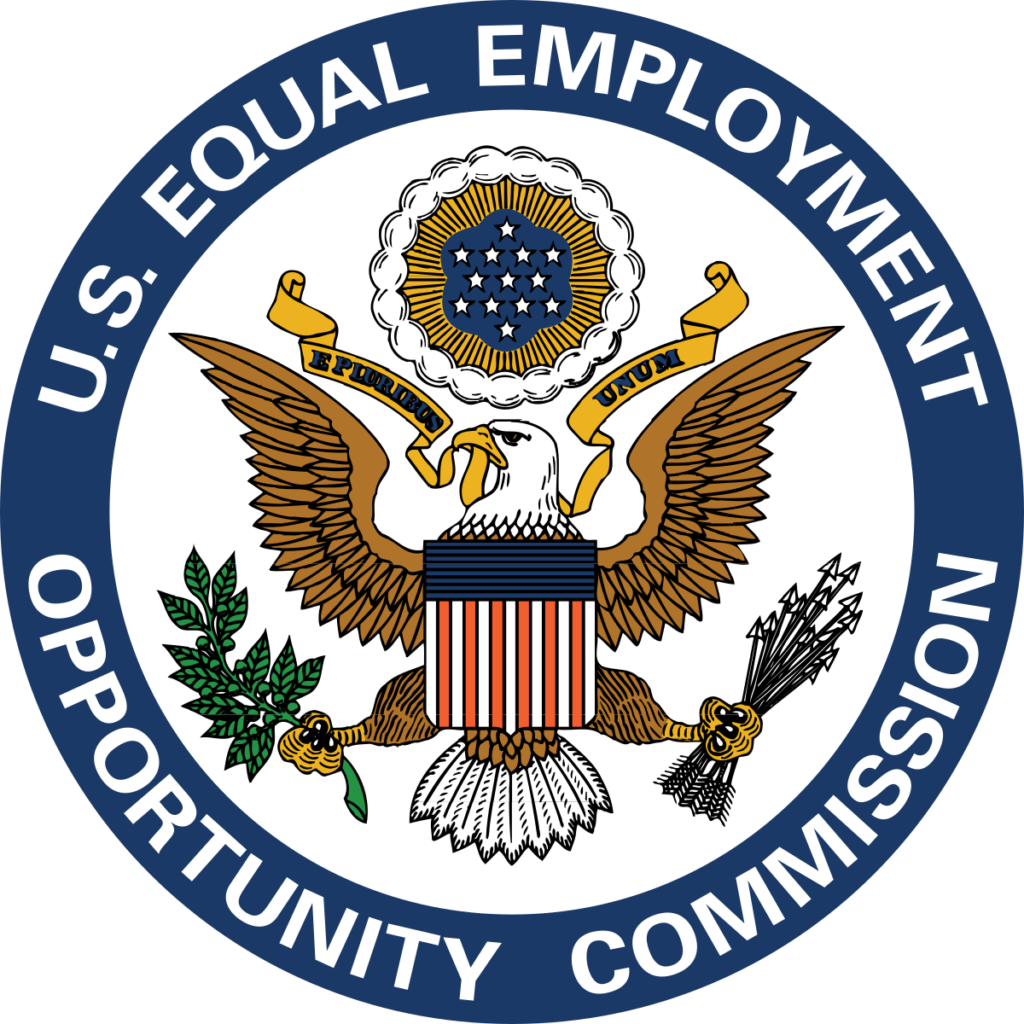News
EEOC Enforcement Priorities
 The Equal Employment Opportunity Commission (EEOC) has long required that its resources be targeted to ensure the strongest possible impact in its efforts to stop unlawful employment discrimination. In 2017, the EEOC revised its Strategic Enforcement Plan (“SEP”) for Fiscal Years 2017-2021 to identify six (6) substantive area priorities and provide strategies to integrate all of its enforcement components in order to have a sustainable impact in advancing equal opportunity and freedom from discrimination in the workplace. The EEOC has recently reaffirmed its focus on these six (6) substantive areas in its 2018 Strategic Plan:
The Equal Employment Opportunity Commission (EEOC) has long required that its resources be targeted to ensure the strongest possible impact in its efforts to stop unlawful employment discrimination. In 2017, the EEOC revised its Strategic Enforcement Plan (“SEP”) for Fiscal Years 2017-2021 to identify six (6) substantive area priorities and provide strategies to integrate all of its enforcement components in order to have a sustainable impact in advancing equal opportunity and freedom from discrimination in the workplace. The EEOC has recently reaffirmed its focus on these six (6) substantive areas in its 2018 Strategic Plan:
- Eliminating barriers in recruiting and hiring;
- Protecting vulnerable workers, including immigrant and migrant workers, and underserved communities from discrimination;
- Addressing selected emerging and developing issues;
- Ensuring equal pay protections for all workers;
- Preserving access to the legal system; and
- Preventing systemic harassment.
With regards to eliminating barriers in recruiting and hiring, the EEOC is focused on a number of potentially problematic policies, such as only recruiting at colleges which would result in a younger work force or steering particular groups into specific types of jobs. The EEOC is also looking at an employer’s use of screening tools, including pre-employment tests, background checks, date-of-birth inquiries, and medical questionnaires. Each of these screening tools may in some circumstances violate Title VII, the Age Discrimination in Employment Act, or the Americans with Disabilities Act, as well as the Florida Civil Rights Act and local anti-discrimination ordinances.
Within the EEOC’s focus on developing areas of law, the EEOC is directing its attention to a number of emerging issues including pregnancy accommodations, discrimination against LGBT individuals, the use of leave as a reasonable accommodation, complex employment relationships (ex: gig economy and staffing agencies), and backlash discrimination (i.e. discrimination against Muslims after 9/11).
Finally, while the EEOC is committed to ending pay discrimination based upon sex, it is also concentrating on pay discrimination based upon other protected statuses including race, national origin, disability, and age. In Florida, for example, the EEOC has stated that women make $0.87 cents per dollar compared to men, but black women only make $0.61 cents per dollar when compared to white men. Consequently, the EEOC is looking at all areas of pay disparity. This may also include hispanic or black males receiving less than their white male counterparts or black women earning less than both their white female and male counterparts.
Employers who are informed and aware of these EEOC enforcement priorities can reduce their exposure to claims of discrimination in the workplace by implementing proactive human resource management strategies.
Please feel free to contact us with any questions or suggestions for future blog posts. Click here to subscribe to our blog “Shielding Employers from Liability: Tips for Maintaining Your Armor”.

